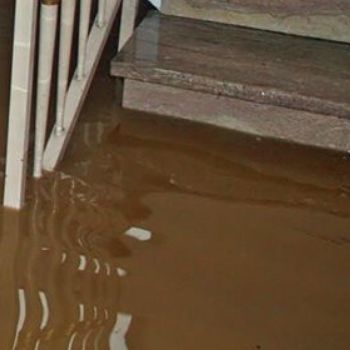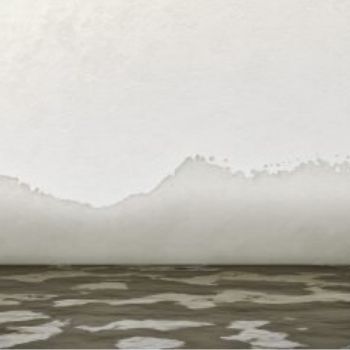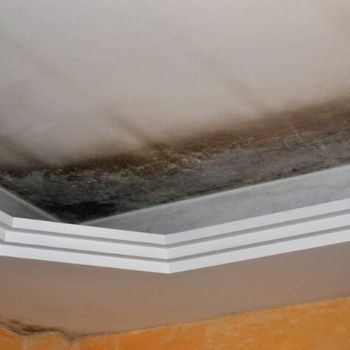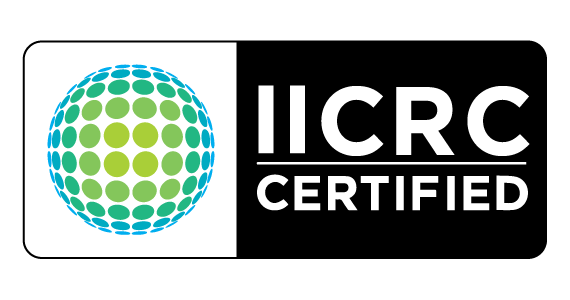Water damage often occurs in homes with broken pipes or drainage systems.
That is not to mean that it only occurs in the old houses, but could also happen in a newly built home.
Without proper drainage system maintenance, then any homeowner stands the risk of having water-damaged walls and surfaces.
However, sometimes, mistakes happen, and you fail to notice them on time.

That is when you find yourself facing some severe water damage in your home.
However, you do not need to panic.
Below are some of the best guidelines to help you deal with water damage in your home:
Assess the extent of the water damage
Before you embark on the task of repairing your home for water damage, you need to identify the scope of the damage.
If your walls need repair and some pipes replaced, then you can do that comfortably.
However, if you notice that the foundation in your basement is chipping off due to water damage, or the ceiling walls or woods are rotting, then you might want to consider calling in a professional for more help.
However, if all you are dealing with is removing drywall and its reinstallation, then, at SOS Mitigation, we have got you covered.
Drain the water from your home
Before anything else, identify the source of the water damage, and seal it off.
This helps in making your work more straightforward and in mitigating the extent of the damage.
Then, if there is any water lodged in your home, say the bathroom, the basement, or even in your living space, then you need to drain it.
To remove the water, you can either use a simple pump or call in a suction pump, depending on the amount.
Also, when handling the stagnant water in your home, ensure that there is no contamination from raw sewage.
If any, wear protective clothing and keep the rest of your family away from the water.
Ensure that you remove all the water from your home before you go into it.
This helps you avoid electric shock, should there be some loose wire in contact with the water.
Dry any wet places

To dry the wet surfaces, walls, or even wood, you need to have heaters and dehumidifiers working full time.
It is essential to ensure that your walls and surfaces are dry before anything else to prevent mold growth in your home.
Also, proper ventilation helps with air circulation, hence eliminates the humid air from your home.
This could take several days.
For mobile materials such as furniture and clothes, you can take them outside and dry them off naturally or using a wet vacuum.
Remove and replace any damaged drywall.
Drywall is often the most affected surface whenever there is water damage in any home.

Since it takes a long time to dry and damage quickly when it comes to contact with water, you will need to replace it.
When removing the drywall, it is unnecessary to take up all your time, removing it piece by piece.
You can even choose to demolish that wall.
Then, get the best barrier that fits your home.
Choose one that is safe and reinforces your home, rather than compromising it.
Then with all the necessary materials to fit the wall back in, you can fix the wall and wait for it to dry, and you get ready to paint your home.
If you have no experience dealing with drywalls and do not want to risk your family’s safety, then have expert water damage restoration services to help you with the installations.
Prime, paint and aerate your home.
The paint in your home, depending on its quality, is affected by water.
You will find paint peeling off the damaged walls. Since it is impossible to add a new coat to the damaged one, you need to scrub it off, wipe the walls, and put on a fresh coat of paint.
Once you remove the old paint, use an oil-based primer to prime your walls.
When the primer is dry, you can then choose the color of your liking for the next coat.
It is advisable to choose oil-based paint too, and one with mold-repellant characteristics.
Once you apply the finishing coat, let your home breathe as the paint dries.



![Water damage in [cis_city]](https://www.sosmitigation.com/wp-content/uploads/2019/11/Water-Damage-Queens-e1579622316856.jpg)





